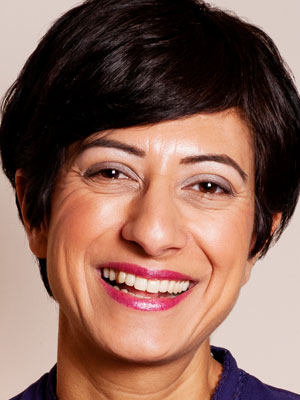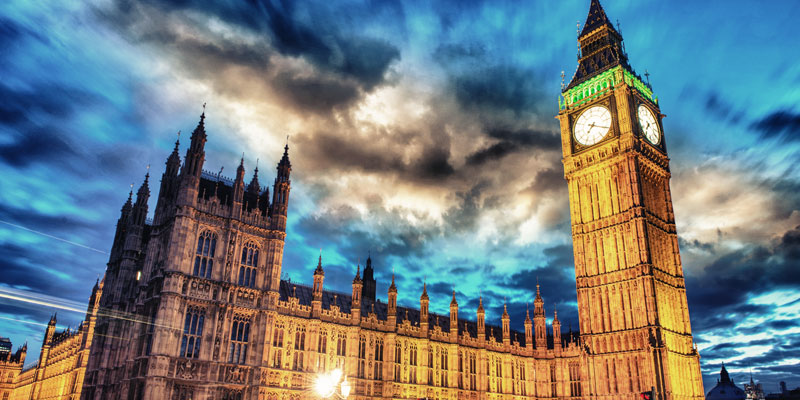Katie Ghose is chief executive of the Electoral Reform Society, an independent campaigning organisation working to empower and inform the voter. A campaigner and barrister with a background in human rights law and immigration, she served as a Commissioner on the Independent Asylum Commission from 2006-2008. She has worked as a lobbyist and campaigner for several third sector organisations including Age UK and Citizens Advice and spent five years as director of the British Institute of Human Rights.

Last month the Electoral Reform Society released a report, ‘Women in Westminster’, which predicts 44 more female MPs in the next parliament, with the number of women in the next House of Commons potentially rising from 148 to 192.
Barely one in five MPs are women: Simply not good enough
One of the chief reasons why people are increasingly alienated from our politics is the fact that Westminster looks so little like the people it is there to represent. At the moment, barely one in five MPs are women, which simply isn’t good enough.
We desperately need to see more women in Parliament, and a general election gives parties a chance to correct the imbalance. Our analysis suggests that parties are starting to step up to the challenge.
But progress is still incredibly slow. It’s made slower by our broken voting system which creates hundreds of artificially safe seats and works against parties trying to force change.
After this election, we want to see parties redouble their efforts to select women in winnable seats. But above all, we want to see the UK introduce a voting system that would give us a Parliament that more closely represents the people.
Women in Westminster report findings
- 192 female MPs are likely to be elected in May 2015 (up from 148 now), representing 29.5% of the Commons. This is 6.6% up from the status quo
- The UK could move from 56th to 36th in the world rankings for female parliamentary representation
- The Greens, SNP and Labour outperform other parties in terms of female candidates
- The Conservatives could go from a 16% female parliamentary party to 20%; Labour from 34% to 41%; and the Lib Dems could be left with just one female MP.
- In Labour’s top 100 target seats, 54% have female candidates; the Conservative equivalent number is 29%
- In Labour’s top 100 safe seats, 36% have female candidates; the Conservative equivalent number is 19%
Additional findings
Women in Westminster also finds that the longer an MP has been in Parliament, the more likely he is to be male. Of those incumbent MPs first elected in 2001 who are standing again in 2015, just 14.6% are women; this figure drops to 10.5% of those who were first elected in 1987.
In addition the report finds that the First Past the Post voting system is a major barrier to growth in women’s representation in Parliament; ‘seat-blocking’ incumbent male MPs continue to act as a brake on increased female representation, due to the prevalence of unchallenged ‘safe seats’.
The East of England is likely to come bottom of the women’s representation league, with less than 19% of its MPs projected to be women.
*Methodology
The projection uses a uniform swing model based upon the latest academic projection from Stephen Fisher of Oxford University (available at http://electionsetc.com/). In each seat the national change in the vote for each party, compared to 2010, is added or subtracted from each of its candidates’ scores for our 2015 projection. Based on the winning candidate’s gender, the model then projects a final percentage of women in Parliament. For Scotland and Wales separate swings were created to take into account the different party systems.
You can read the report here.
http://www.electoral-reform.org.uk/
https://twitter.com/katieghose
https://twitter.com/electoralreform
https://www.facebook.com/electoralreformsociety
https://www.youtube.com/user/ElectoralReformSoc


